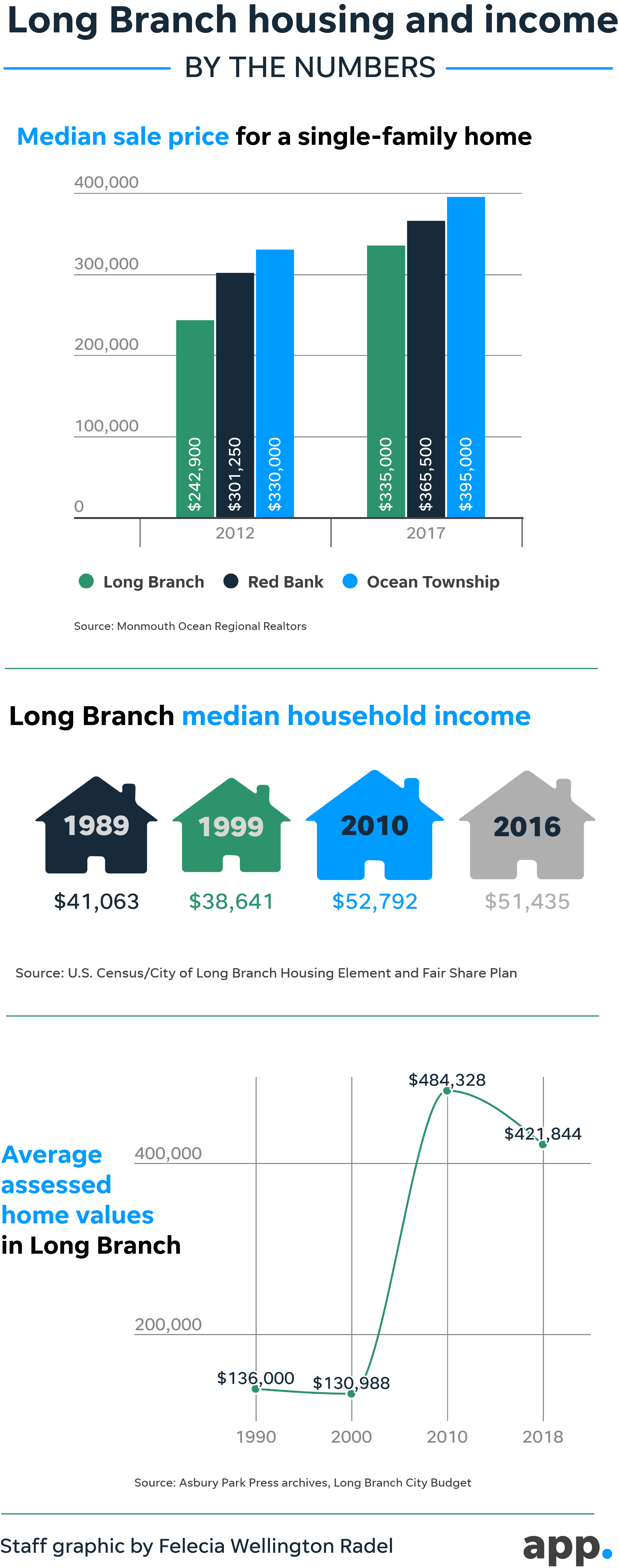Deena and Patrick Tully are new faces in the crowd in Long Branch.
The young couple purchased a home — large enough for them to reside in and at once rent — on Broadway in 2015.
"I like living close to the beach. I love the boardwalk," said Deena Tully, 33, who enjoys working out at Golds Gym at Pier Village, the mixed-use development not far from her 1910-era two-story colonial.
There was a time not long ago when few newcomers like the Tullys were making Long Branch home. The city hit the economic skids in the 1990s. The pier, the chief beach attraction, never recovered from a devastating fire in 1987. Vacant and blighted buildings calcified along Broadway, the main thoroughfare. Rioters took to the streets in 1994, sparked by rumors of a police shooting.
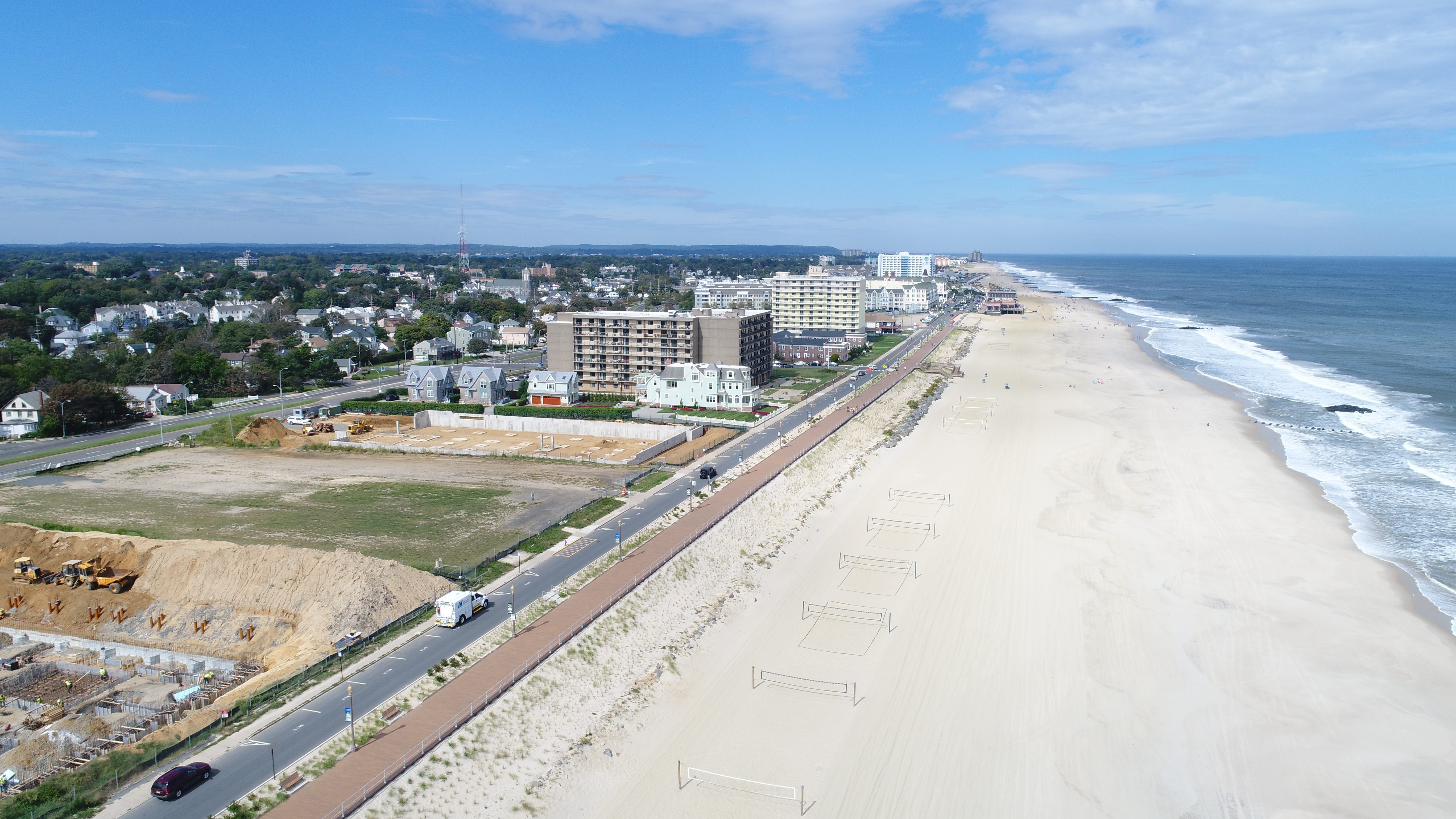
Times have changed markedly since. Long Branch is deep into a $1 billion renaissance and revival that has cleared out much of the blight and brought gleaming new housing and retail, most notably at Pier Village, where condo prices have topped $1 million. New hotels and boutique-style retail and restaurants dot the streetscape.
Crime is down significantly, further eroding memories of the riot that took a toll on Long Branch's image and psyche. Home values are up. Population losses have leveled off as more and more young people, monied home buyers and immigrants have flocked to the city. Even bigger designs are in the pipeline.
But a fresh set of problems and resentments greet new Mayor John Pallone and the new city council, whose members were set to be sworn in Sunday. The changing face of Long Branch has caused discord among many longtime residents, the ones who stuck it out through the tough times and now face the prospect of being pushed out. Many complain the city gave up too much to the out-of-town developers remaking Long Branch.
Their antipathy was on full display in the May election, where they ousted then-Mayor Adam Schneider, who helped spur much of the change. He had been in office since 1990. It will be up to Pallone and the new government leaders to help bridge the divide, the expanse between old Long Branch and new.
"The boardwalk right now is more high rises. It doesn't cater to the kids like it did back in the day," said Greg Anderson, 53, a lifelong resident.

"I walk my dog up there but it's just not the same. It doesn't even feel like Long Branch anymore," said Anderson.
Pallone, 62, is mindful of the resentments, friction that the last 25 years of redevelopment battles have caused. He was born and raised in the city and served two separate stints on the City Council.
His late father, Frank, served on the Board of Education and his older brother is U.S. Rep. Frank Pallone Jr., D-N.J.
"We're such a diverse community. We need to start bringing people back together," said Pallone, whose fence-mending strategy includes holding neighborhood town hall meetings.
But there will be a scant honeymoon period for Pallone, as several multimillion-dollar developments are under construction and a $200 million mixed-use redevelopment plan is pending Planning Board approval. The highlight of that project: 590 market-rate rental apartments and 99,500 square feet of retail.
"We're going to be reviewing all the agreements," Pallone said. "Another one of our priorities is to set up job training for Long Branch residents to work at these sites."
Chapter 1
In a 2009 Housing Element and Fair Share report, the city projected its population would grow by 4,000 people, to 34,190 by 2030. The total was 31,340 in 2000, but dropped to 30,716 by 2010, amid the Great Recession, according to the U.S. Census Bureau. The total crept up to 30,763 in 2016, suggesting the population slide has been halted.
Some of the new people the city attracted in the latest upswing are young families. The median age of residents decreased from 34.7 years to 33.8 between 2000 to 2010, reflective of the influx of young immigrants.
One of the young families was the Tullys, who moved from Bergen County to Long Branch in 2015. Neither is originally from New Jersey. Patrick, 32, is from Poughkeepsie, New York, and Deena is from the Caribbean.
"We did look at a few houses in Asbury, but the houses with income properties weren't in the best areas," said Deena Tully.
Asbury Park and Long Branch are both 19th-century resort communities undergoing a redevelopment boom and experiencing similar growth in home values.
The median home sale price in Asbury Park shot up from $240,000 in 2012 to $375,000 in 2017. The average Long Branch home sale increased from $242,900 to $335,000 in the same period, according to data from Monmouth Ocean Regional Realtors, a trade association.
Related: Asbury Park housing prices boom, but can you afford it?
The Tullys were also drawn to Long Branch's beach, Pier Village, and the school system as well as the seaside community's proximity to New York City.
"It's an OK place to raise kids. (I) love that there (is) free Pre-K starting at age 3," said Deena Tully. "So far, I haven't had an issue with my son's school, (l) love his teachers."
Long Branch was the first municipality in New Jersey to offer free preschool, starting in 1999 when the district completed the Joseph M. Ferraina Early Childhood Learning Center.
The facility cost $6.5 million to build but was funded entirely by state aid, the result of a 1998 state Supreme Court decision that mandated all Abbott districts offer preschool. The term today for Abbott — a reference to the name of the court case — is SDA districts, which stands for Schools Development Authority, based on the state's obligation to cover building and renovation costs.
The Tullys are parents of two children and save money enrolling their eldest child in the city's preschool. The average monthly bill to send one child to a daycare in New Jersey is about $1,000.
Long Branch still has some room to improve, Deena Tully observes. She said their taxes are high and crime remains an issue: their lawnmower was stolen and a neighbor's car was broken into.
Crime, however, is down in the city from 2,479 incidents in 1990 to 781 in 2015. The size of the police force has grown by 25 members to 109 in that same time.
The city's budget has nearly doubled in the last 18 years, from $29.4 million in 2000 to $54.7 million in 2018. The average city taxpayer pays about $7,000 in municipal and school taxes a year.
Tully said most of the children in their area do not speak English as a first language; that also reflects the changing face of the city's population.
In the 1960s, when the city's population was 26,228, Italian Americans represented the largest ethnicity. Between 2000 and 2010, Hispanics and Latinos were the largest-growing segments of the population, increasing from 6,477 to 8,624. The majority of the growth was among Mexican immigrants, according to government data.
Meanwhile, the African-American population saw the largest decline over the same decade, falling from 5,847 to 4,121.
Chapter 2
The pivotal year was 1994. That was the first time Schneider and Pallone battled for political control of the city. And while a heated mayoral race kept the city on edge, a riot broke out in lower Broadway.
The melee started on Belmont Avenue in lower Broadway after a rumor that police shot at a city youth suspected of vandalism.
About 300 rioters, who were reportedly drinking and throwing snowballs in the parking lot of a honky-tonk, burned two vacant houses to the ground, damaged five businesses, vandalized two police cars and a fire engine and injured a policeman.
The rioters attempted to firebomb the administrative buildings of the Garfield Court public housing community, but their explosive device failed to ignite.
Crime was rampant in the city. In 1990, there were 2,479 total crimes in Long Branch and 307 of them were considered violent, according to New Jersey's State Police Uniform Crime Report.
The city responded. It identified troublesome drug dealing areas as Broadway to Liberty to the south, Rockwell to the west, Long Branch and Cooper avenues to the east and Joline Avenue to the north and targeted the areas for redevelopment.
The city demolished Garfield Court and replaced it with new affordable housing, built the Gregory Elementary School and is in the process of remaking lower Broadway.
"Broadway was distressed. There really wasn't a whole lot of shopping going on there," said Schneider, referring to the city's historic downtown, which had fallen on hard times after shopping malls sprung up on Route 35.
The beachfront was also downtrodden after the pier and its amusements burned down in 1987. Grinker Place, just north of the pier, then became a notorious drug-dealing block.

"You saw the burned-out fishing pier that no one could walk on. The batting cages and arcades were virtually gone. Our beaches weren't doing any business. Nobody was coming — we were doing about $200,000 a year," said Schneider, about beach badge sales.
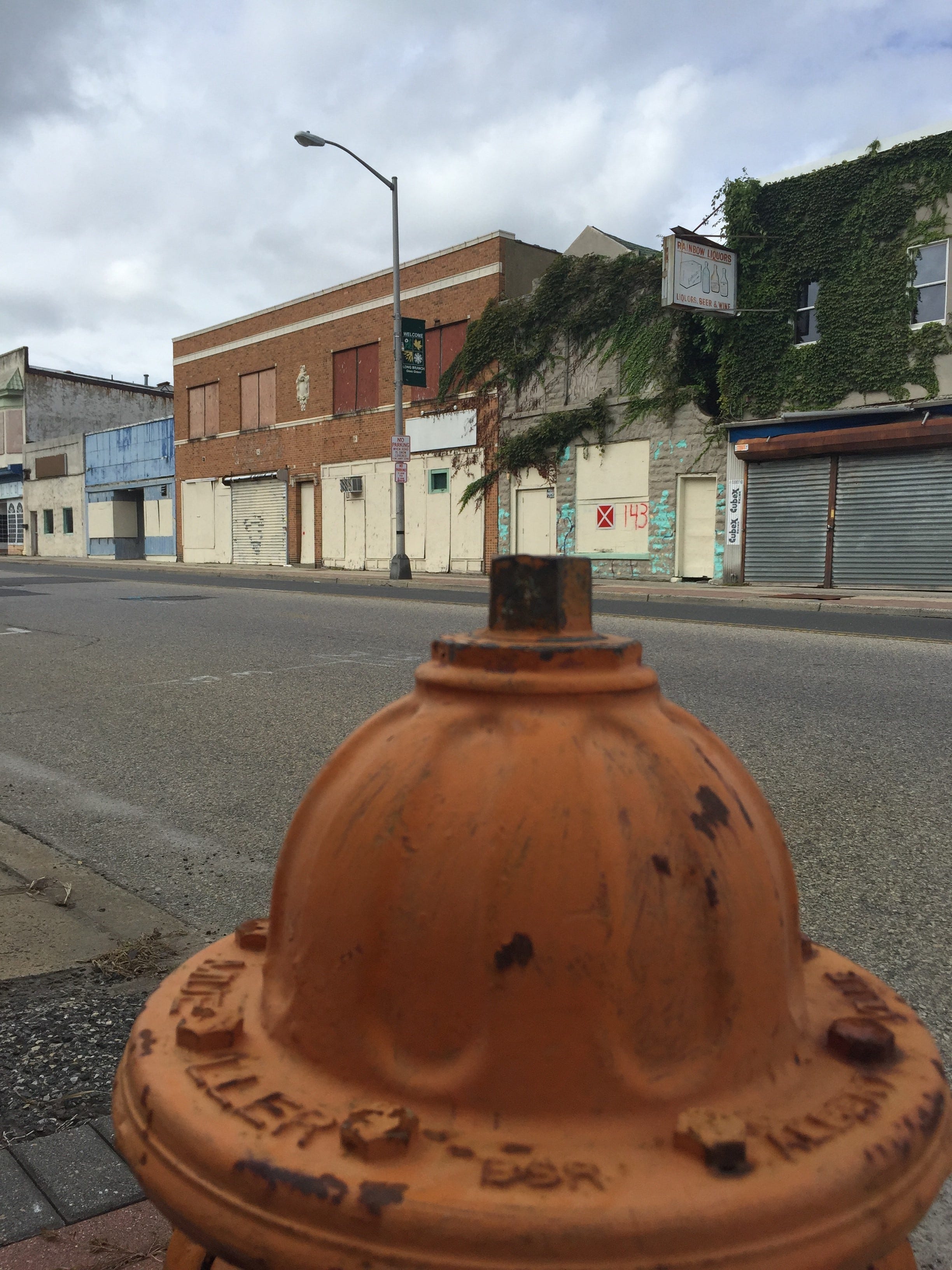
After Schnieder won the 1994 election, the city embarked on a plan to bring back the beach and lower Broadway.
Between 1994 and 1996 the city and its planning team launched the Long Branch Redevelopment Plan.
The plan designated five zones at the beachfront extending west to lower Broadway that were "underdeveloped" and "underutilized," and laid out the criteria for redeveloping in the zones.
Two of the marquee zones, for example, called for a village where the pier stood at the beach, and a mixed-use of retail, arts and residences at lower Broadway.
At the beachfront, the city used eminent domain to buy out homeowners in order to assemble a single parcel that could be purchased and redeveloped — the future Pier Village.
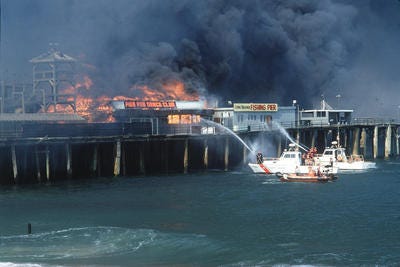
Nonetheless, eminent domain is still a bitter memory to some residents. Vince LePore, of Ocean Terrace, a political activist and regular attendee at City Council meetings, still wears a shirt with the words "eminent domain" crossed out.
"The city just said that so they could take over spaces and move people out. They came in and said, 'Look, this area is blighted,' and ended up taking over and moving people out. I didn't buy it," said Anderson.
The march forward, however, was unrelenting.
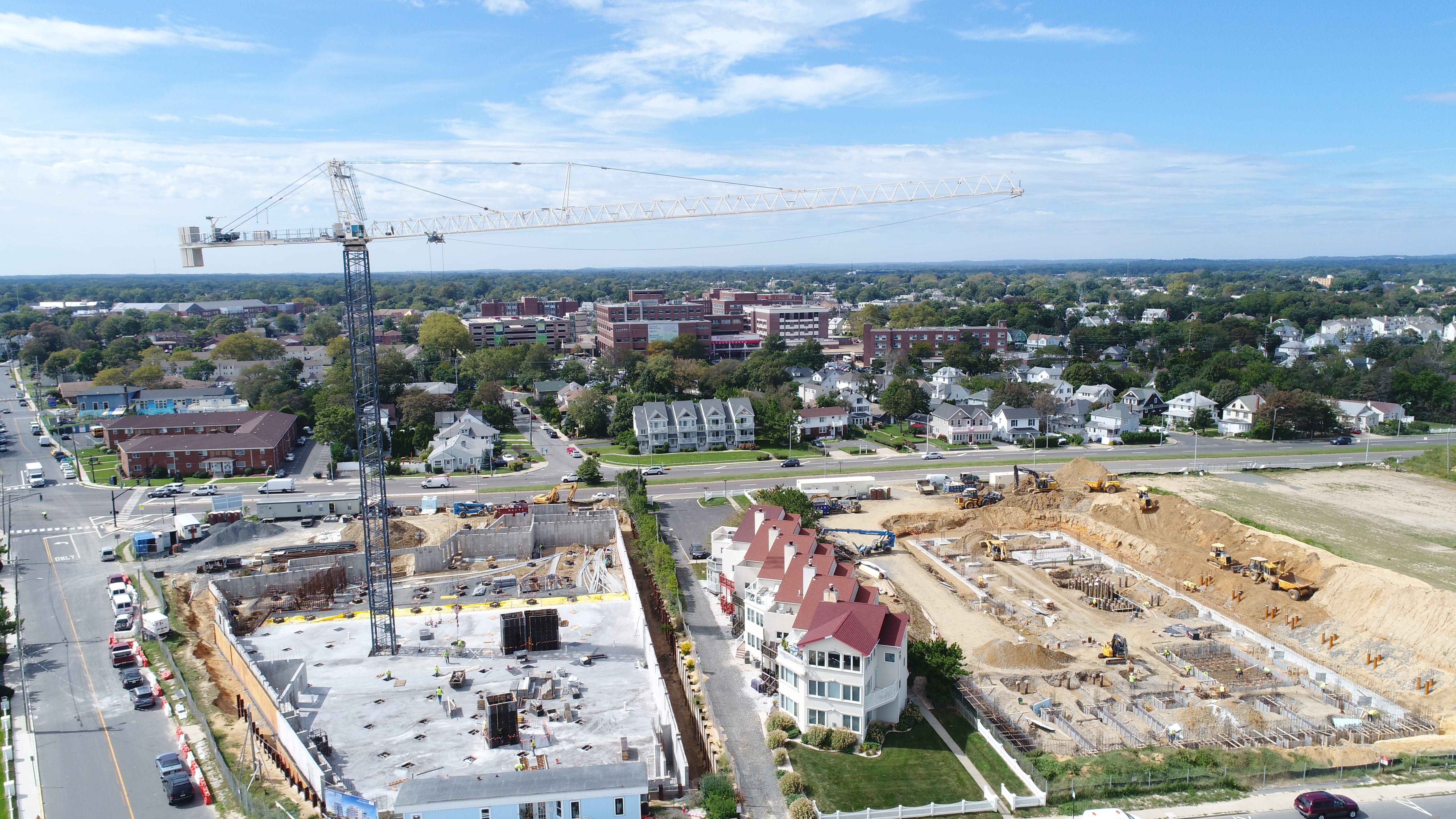
"We knew if we could get the beachfront going, then we could turn the corner on Broadway," said Schneider.
Development interests spent the better part of 2017 clearing the Broadway streetscape of 53 dilapidated buildings to make room for the new construction, which can be seen in the above video.
Chapter 3
A popular anecdote is that Long Branch was founded on a gamble.
Beth Woolley, a trustee of the city's historical association, described it as a "your-strongest-man-against-ours" wrestling match. The proposition: if settler John Slocum could beat the Leni Lenape's best grappler, his group could have all the land they could walk from sunrise to sunset.
Slocum won. The Lenapes were out and the legacy of Long Branch was sealed. Gambling has remained "in the blood," said Woolley.
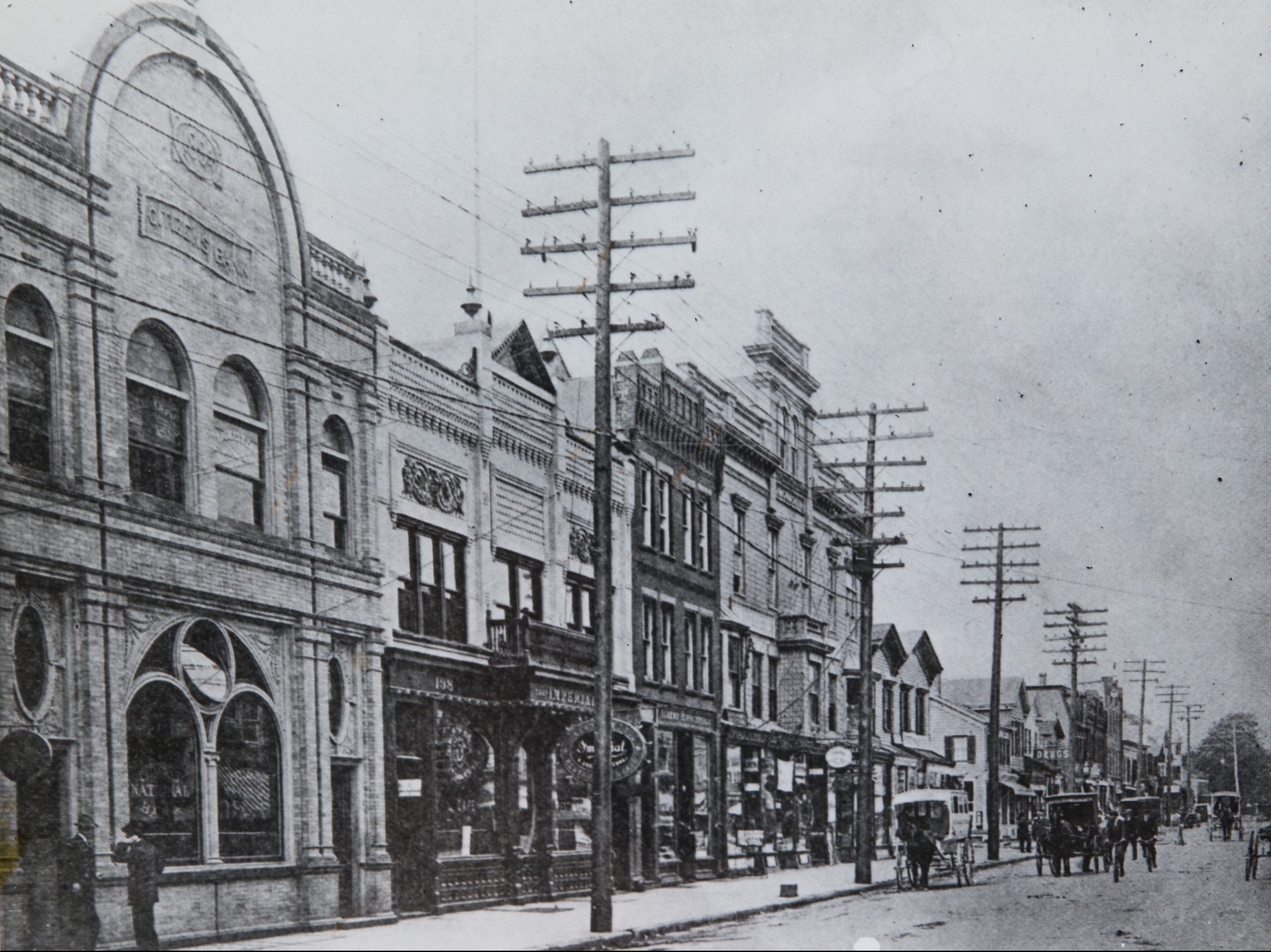
In the 19th century, it was Phil Daly's famous Pennsylvania club house, with its gilded domes, which for years was considered one of the finest gambling palaces in the country.
More: Nearly $1B in development coming to Long Branch
Today, real estate developers are betting millions of dollars on a new round of redevelopment in this city by the sea. The centerpieces are grandiose:
• Kushner Cos. and Extell Development, partners at Pier Village, are spending $283 million on a new addition to Pier Village at the beachfront consisting of million-dollar condo units and a luxury hotel.
• Long Branch Partners is planning to spend $200 million to resurrect lower Broadway, the city's run-down, historic main drag.
Lower Broadway was one of the tougher neighborhoods to turn the corner. A previous developer had tried but defaulted on its loans. Schneider absorbed criticism the longer the redevelopment stalled there.
This year, however, the Montville-based Long Branch Partners and the city signed a redeveloper's agreement to build 590 market-rate rental apartments and 99,500 square feet of retail on lower Broadway.
WATCH: Long Branch barber survives on blighted corridor
Meanwhile, smaller-scale projects are underway elsewhere in the zones that are nearly built out.
To the north of Pier Village, Grinker Place is gone, replaced by condos.
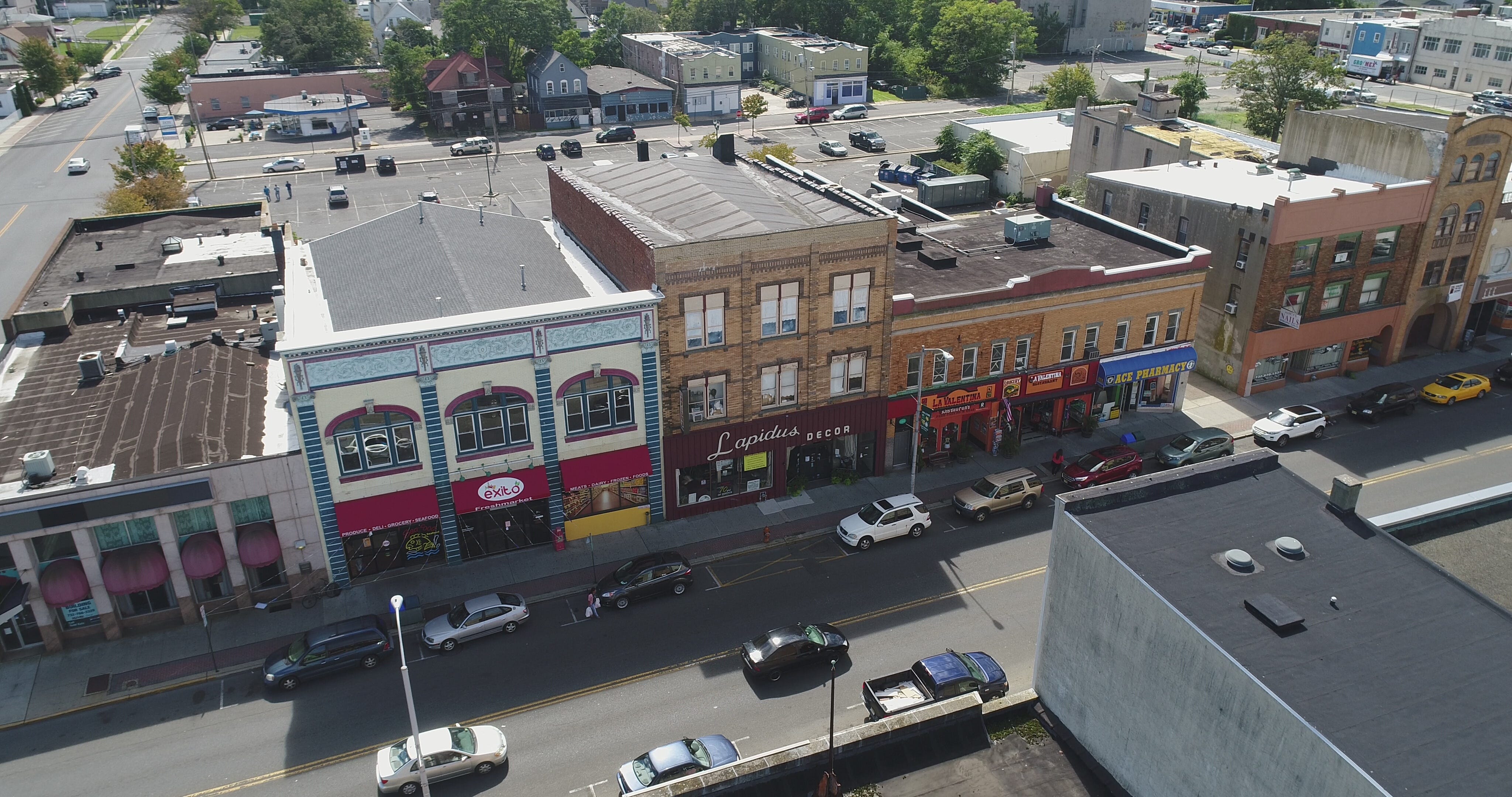
To the south of the village, FEM South Beach Urban Renewal has laid the foundation for the $40 million South Beach at Long Branch luxury condo building at 350 Ocean Ave.
A seven-story condo building is going up at 310 Ocean Ave. and market rate multifamily apartments are approved for Cooper Avenue, opposite Ocean Boulevard.
"I look around, and I can almost see it done. There's not much left to do," said Schneider, referring to the 1996 redevelopment plan.
The city has reaped some rewards from the redevelopment. In 2006, the year before the first phase of Pier Village was complete, the city brought in about $375,000 in revenue from beach badge sales.
In 2007, the number jumped to $645,000. By 2010 the beachfront was bringing in over a million dollars in badge sales during the summer season. In 2015 the city surpassed $2 million in badge sales.
The average value of homes in the city also increased, from $130,988 in 2000 to $421,844 in 2018. Median household income rose from $38,000 in 1999 to $51,000 in 2016.
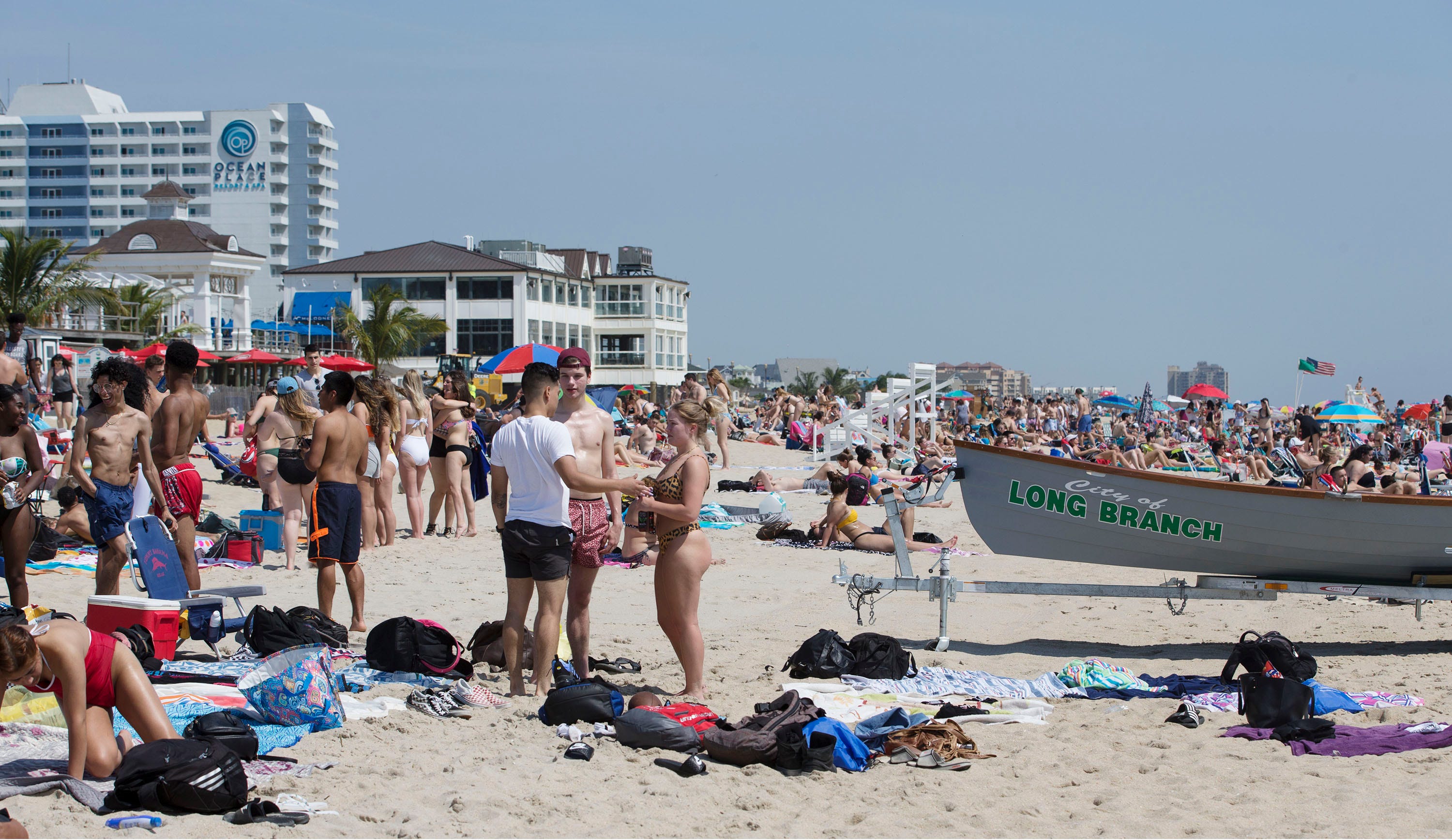
The city began investing in the police department, dedicating more than 20 percent of the budget to building it up. The ranks swelled from 85 members in 1990 to 109 in 2105.
At the same time, crime dropped from 2,479 crimes in 1990 to 1,094 crimes in 2000. There were just 781 crimes in 2015.
"Long Branch's residential market is strong, as is most of New Jersey," said Peter Reinhart, director of the Kislak Real Estate Institute at Monmouth University.
"I think Long Branch has positioned itself well the last 25 years. The redevelopment efforts have panned out so far and the city is in a good position to see positive growth," said Reinhart. "Like many older cities, there's tension between people older residents who have been there a long time and newcomers."
Chapter 4
A photograph taken in the early 1980s of two youths hanging out on their bikes by a public pay phone on the Long Branch boardwalk brings back a flood of memories to Anderson.
"This was the spot. Everybody would meet here," said Anderson. "People would say, 'Hey man, are you going to the beach? Do me a favor and call me and tell me how it is.' They wanted to know what the mixture of people was. Was there a lot of people up there."
Anderson doesn't know who took the picture but he saw it on the internet and made a copy of it. The phone and the spot are long gone.
"Things have changed a lot. Things are not the way they used to be," said Anderson. "I don't know whether it's because the people, the faces have changed, but Long Branch definitely has a different feel."
Anderson said when he was growing up whole families used to go to the beach. The father would go to the pier to fish and the kids would go to the arcade.
"There were so many different things to do. If I could tell the city one thing, it would be 'don't forget the kids, do something for the kids,'" said Anderson.
About this project:
"Changing Face" is an occasional series from the Asbury Park Press and APP.com exploring economic, social and cultural change in our Shore communities.
Dan Radel, reporter
Peter Carr and Ricky Flores, drone images and videos
Cynthia Salinas and Herb Pinder, project editors
Felecia Wellington Radel, digital design and graphics
See other stories in the "Changing Face" series:

